'It's our sea turtle': A look at the history of Kemp's ridley recovery, ongoing threats
The reptile emerged from the waves in late afternoon, urged by instinct to crawl quickly and determinedly up the beach to the base of a sand dune where she planned to bury 100 eggs.
Just to the north, biological science technician Abby Parker crept closer on high alert, though she didn’t yet know what she was about to stumble upon.
Catching sight of the grayish-green shell, Parker immediately stopped her vehicle and radioed to Padre Island National Seashore headquarters to report a nesting in progress by the Kemp’s ridley, the world’s most endangered sea turtle.
May 6 was a warm and windy day about a month into Kemp’s ridley nesting season, conditions perfect for at least 11 Kemp’s ridley sea turtles to nest along the 66 miles of protected beach at Padre Island National Seashore. Elsewhere on the Texas coast, another four Kemp’s ridley nests were found.
Down in Mexico, where the species is more numerous, thousands of Kemp’s ridley sea turtles will emerge simultaneously to nest. This is called an arribada.
Dozens of turtles nesting along the same stretch of beach on the same day in Texas might not seem as impressive in comparison, but before the 1990s, there were no arribadas in Texas.
Today, Kemp's ridley sea turtles are beloved in Corpus Christi — more than 6,000 people attended public hatchling releases at Padre Island Seashore this summer.
Toward the end of Kemp's ridley nesting season in June, 339 Kemp’s ridley nests were confirmed in Texas, including 188 on Padre Island National Seashore and 86 on South Padre Island.
But the story of the Kemp's ridley is one of ups and downs. In 2011, authorities predicted the species would have rebounded by 2024, an overly optimistic hope that hasn't yet come to pass as nesting numbers for the species continue to fluctuate.
The Caller-Times is examining the successes that have prevented the extinction of the Kemp's ridley sea turtle thus far, and the threats that continue to plague the species.
Turtle days on Padre Island National Seashore
In the spring and early summer, the dedicated team at Padre Island National Seashore patrols the beaches. Donna Shaver, chief of the PINS Division of Sea Turtle Science and Recovery, leads the effort.
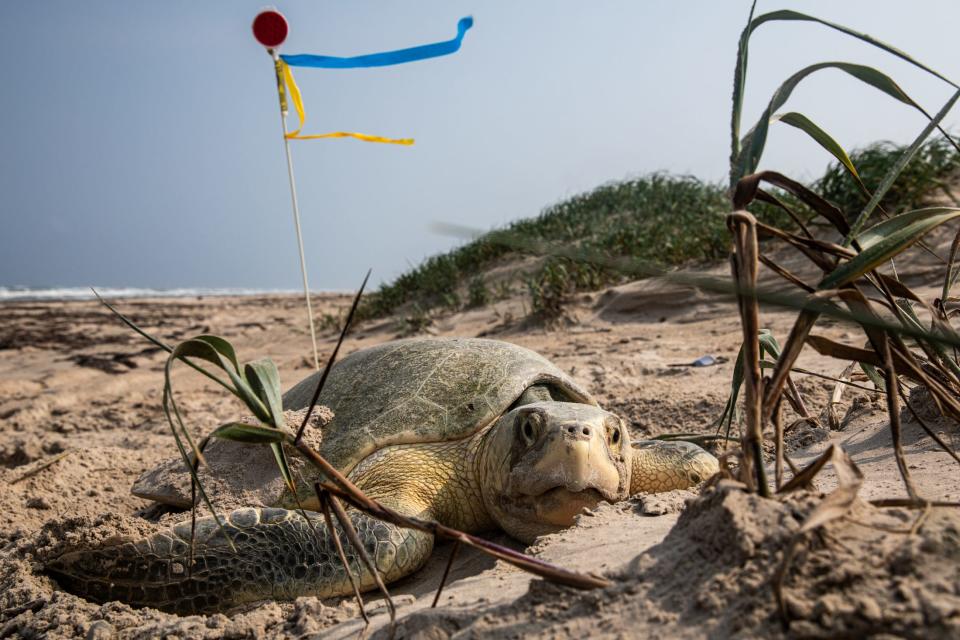
“We’re looking for the tracks left in the sand left by the nesting turtle,” Shaver said. “Sometimes the turtle is still there, and we’re really happy when that happens because we can tag her.”
Researchers can also use “turtle CSI” and genetic testing to determine the maternity of nests. Sea turtles don't stick around once the eggs are laid.
As the female crawls up the beach, she notices temperature and moisture, feeling for the best place to lay her eggs, Shaver said.
The turtle must be quick, making it out of the water and back again in 20 to 45 minutes so she doesn’t get overheated in the sun.
Females will lay multiple clutches of eggs during the season, hedging their bets by choosing from various beach positions.
Too far up the beach where there’s vegetation, fire ants might descend on the eggs or hatchlings might become entangled in vines. Too close to the water and there’s a risk of inundation killing the eggs.
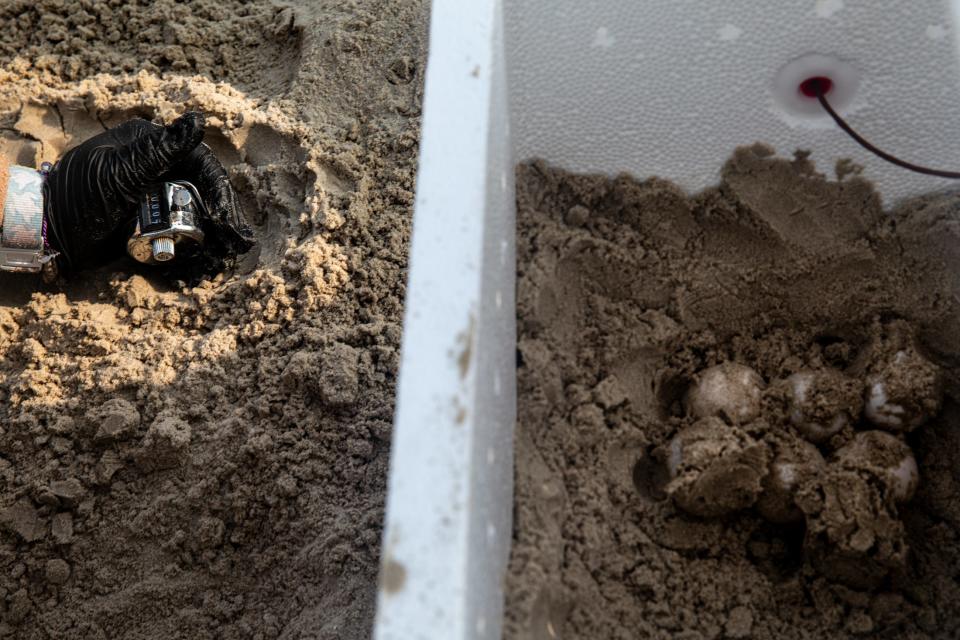
Kemp’s ridley use their rear flippers to dig. When she’s done laying her eggs, she’ll bury them.
Nesting occurs from April to July, primarily during daylight hours, though other species nest at night.
If approached while crawling up the beach, the turtle might return to the water. But once actively laying eggs, the turtle is oblivious to movement around her, as though in a trance, Shaver said.
“She will not move for an approaching vehicle,” Shaver said. “This is critical for our beach drivers to know because as the season goes on and they’re nesting closer to the water, they will nest in the soft sand of the beach vehicular roadway in a trance, partially covered in sand. It’s very difficult to see. It’s critical people don’t speed.”
At Padre Island National Seashore, a yellow flag with a black silhouette of a turtle is flown if at least one Kemp’s ridley nest has been found that day. Texas beach-goers can report a nest sighting by calling 1-866-887-8535.
Each nest can contain 95 to 112 eggs. The turtle program at the national seashore collects eggs immediately after they’re laid, keeping them in an incubation facility or a corral to protect from threats.
After 45 to 58 days, the hatchlings emerge, typically at night or early morning, and slowly crawl to the sea together.
Coastal Bend residents and visitors have the chance to see the hatchlings start their journey. Several times throughout the season, Padre Island National Seashore invites the community to public hatchling releases.
On Friday, June 28, swarming mosquitoes didn’t stop hundreds of visitors from gathering on the beach in the early morning for a hatchling release.
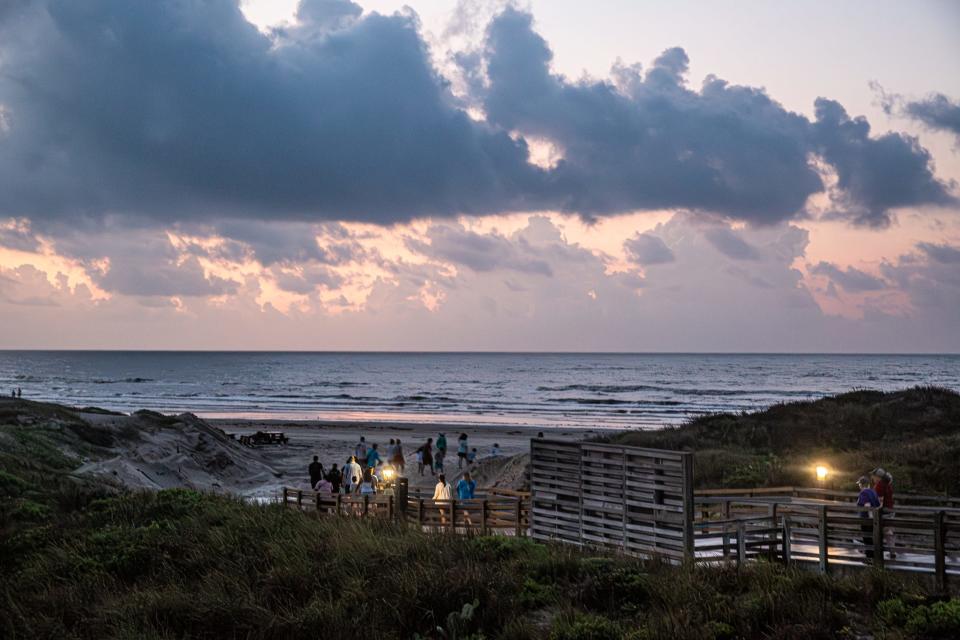
Jenn Brooks, in Texas for work, and DezShonna Kinloch, who works in Alice, arrived at the beach before the sun rose, waking up early to see the turtle hatchlings before work.
It was magical, Brooks said.
“We were rooting for them to get to the finish line,” Kinloch said. “The littlest one, he got there first.”
Volunteer Cindy Frank, who was wearing turtle earrings for the occasion, counted the crowd on June 28.
During nesting season, she takes calls when a turtle is sighted and shares information over the radio with staff and volunteers so they can find the nests. Other times, she’s helped place hatchlings on the sand, watching as they touch the water for the first time.
Volunteer Elizabeth Everett held a net over the hatchlings to protect them from birds during their first crawl to the sea.
“It was emotional,” Everett said. “It gives me a new perspective on the impact that we have as people on this planet. ... It’s motivating to be a volunteer and a regular citizen being able to be a part of such an incredible opportunity.”
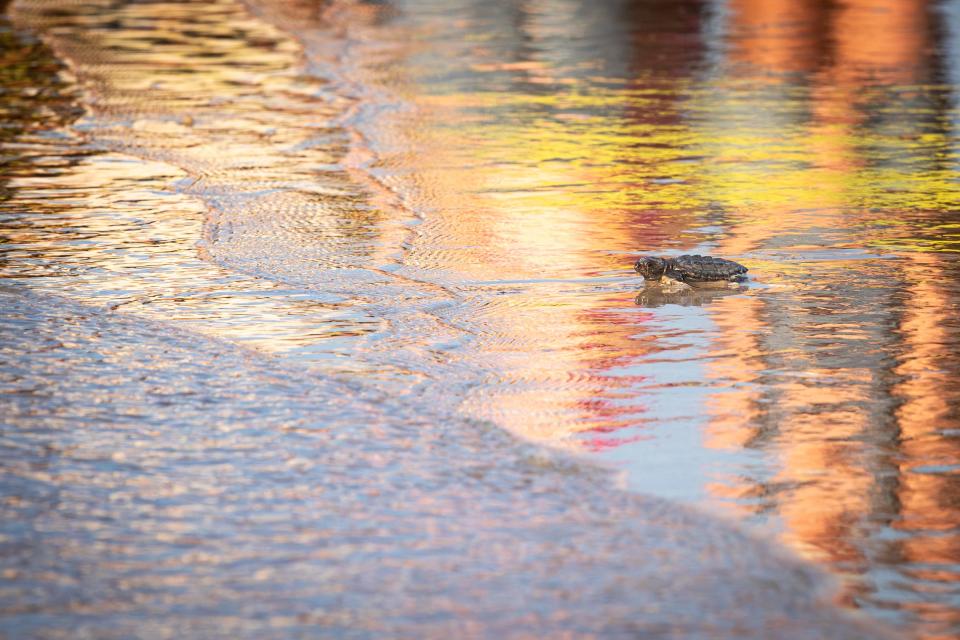
How Texans became involved with saving the Kemp’s ridley
The Kemp’s ridley primarily nests in Mexico. But Texas conservationists have been involved in efforts to save the species for decades, eventually establishing a successful secondary nesting site at PINS.
Fish and wildlife biologist Mary Kay Skoruppa is the Texas sea turtle coordinator for U.S. Fish and Wildlife Service.
“Most sea turtles, like the green and loggerhead sea turtles, have worldwide distribution nesting sites,” Skoruppa said. “They’re all over, whereas Kemp’s ridley has this restricted nesting range to the western Gulf of Mexico.”
One of the Texas organizations dedicated to saving the Kemp’s ridley is the Gladys Porter Zoo, located in Brownsville. Patrick Burchfield is the zoo’s executive director.
Back in 1972, Burchfield was in Tamaulipas collecting snakes for the zoo when he heard that a Mexican scientist and an English scientist were doing something with turtles at the beach. Burchfield and his local guide hiked 13 kilometers to the beach on a cattle trail to visit Rene Marquez Milan and Peter Charles Howard Pritchard’s turtle camp, where they were protecting some Kemp's ridley eggs.
When Mexico and the U.S. came together with a binational recovery plan, the Gladys Porter Zoo was one of the organizations helping to save the species, assisting conservationists in Mexico in protecting nests and hatchlings.
Other groups involved with the species today include Sea Turtle Inc., Texas Sealife Center, University of Texas Marine Science Institute Amos Rehabilitation Keep, Texas State Aquarium, Texas A&M University-Galveston and the Houston Zoo.
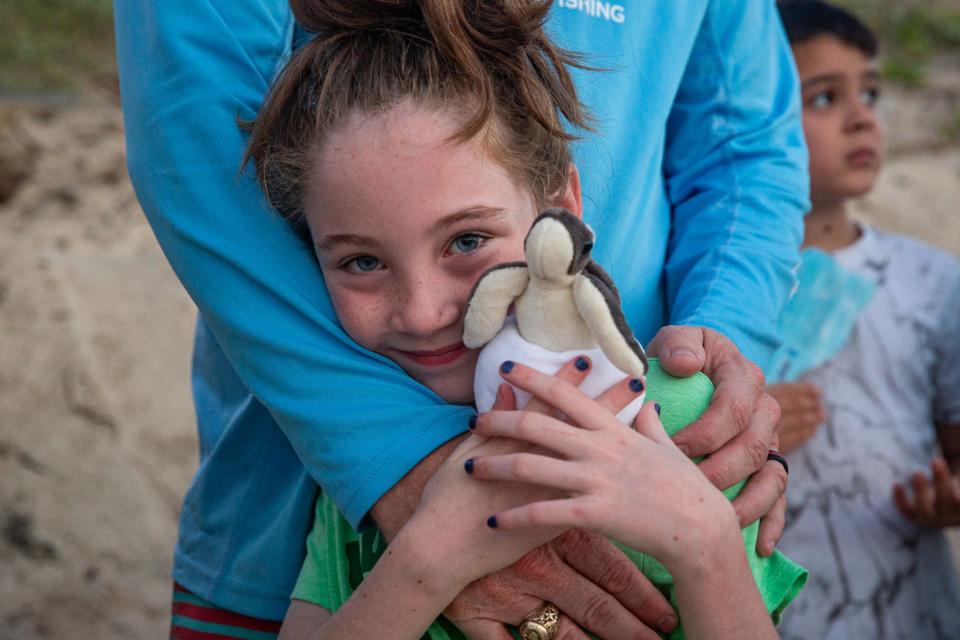
“We’re very proud of the Kemp’s ridley here in Texas,” Skoruppa said. “It’s our sea turtle.”
The first documented record of a Kemp’s ridley nesting in Texas dates to 1948, in the area that would eventually become Padre Island National Seashore.
But between 1948 and 2001 there were only about 80 Kemp’s ridley nests recorded in the state.
That number increased to over 900 nests in Texas, largely at Padre Island National Seashore, between 2002 and 2010 due to a conservation experiment.
Between 1978 and 1988, over 22,000 incubating eggs were taken from Mexico to be raised and released in Texas.
At the time, scientists suspected Kemp’s ridleys returned to the same beach where they hatched to nest, but it wasn’t yet proven. Conservationists feared that if something happened to the main nesting beaches in Mexico, the Kemp’s ridley wouldn’t survive.
“We actually collected the eggs from the depositing females and put them in Padre Island sand, moistened with Padre Island National Seashore water,” Burchfield said. “We did everything we could to try and ensure that the turtles would imprint on Padre Island National Seashore.”
The hatchlings were released at the national seashore and immediately recaptured and sent to a lab in Galveston where they remained protected in captivity for an additional nine to 11 months.
This “headstarting” process allowed the baby turtles to grow in a safe environment in the hopes of giving them a better chance at surviving in the wild once eventually released.
The headstarted turtles were released around Padre Island and Mustang Island. In 1986, Shaver began patrolling North Padre Island, hoping to eventually find evidence that the headstarted turtles had returned.
“It was a full 10 years of patrolling before we found the first confirmed headstarted turtle to come back from this effort,” Shaver said.
As the Padre Island National Seashore implemented educational programs to inform beach-goers about nesting activities, many nests have been found by visitors, including half of the Kemp’s ridley nests found in Texas in the mid-2000s and between 14% and 21% of all Texas nests between 2006 and 2010, when beach patrols were more comprehensive statewide.
By the 1990s and 2000s, more and more females successfully nested each year, and more hatchlings triumphantly made it to the sea.
Fifteen years ago, conservationists thought success was imminent, with Kemp’s ridley populations rapidly growing in Mexico and the U.S.
But the growth faltered in 2010.
Since then, nest counts have fluctuated, sometimes high and sometimes low, the momentum of the prior decades lost.
Researchers are still trying to understand why Kemp’s ridleys stopped multiplying, focusing on the impacts of oil spills and the declining quality of the Gulf of Mexico.
But conservationists agree on one point. To avoid extinction, the Kemp’s ridley still needs our help.
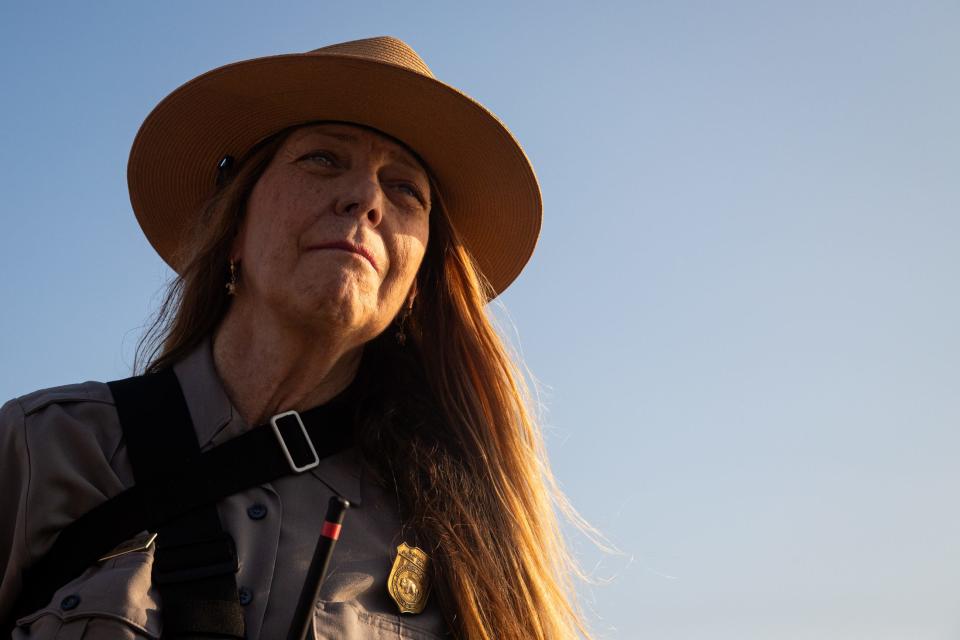
“Being someone who’s dedicated my entire career to trying to help save the Kemp’s ridley turtle," Shaver said, "if we found that something was off in their habitat, do we want to just accept that or do we want to try to improve it so that we can help recover the species?”
This article originally appeared on Corpus Christi Caller Times: Inside the efforts to save the Kemp's ridley sea turtle

